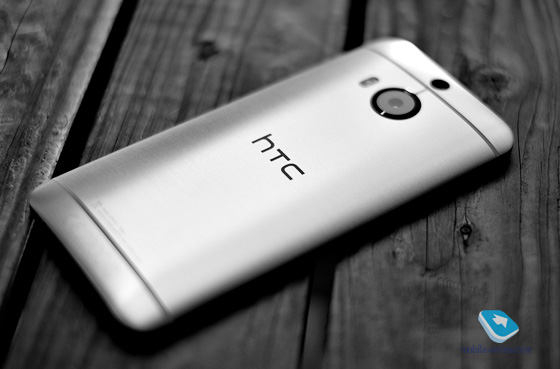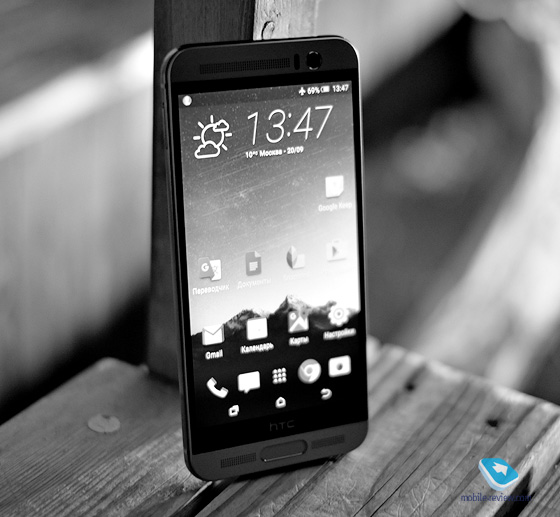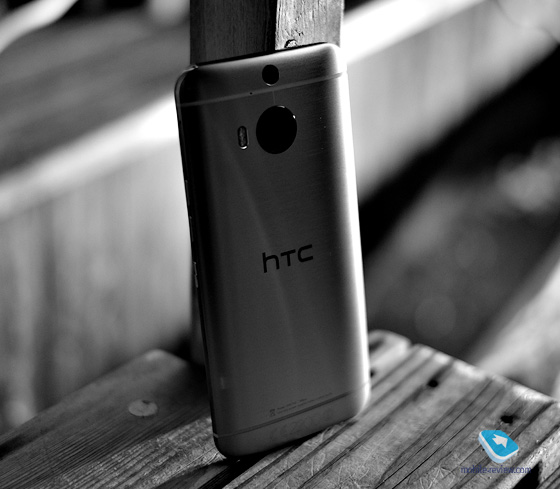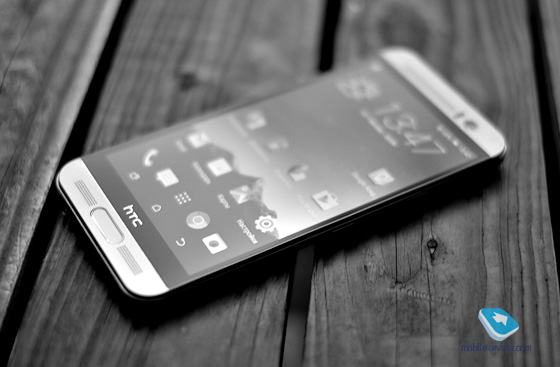For two weeks now I have been using a new smartphone HTC One M9 Plus (review soon) as the main one and, having taken it out once in the presence of a good friend, I heard an interesting thought from him. It should be noted here that this friend is completely far from technology and technology, that is, he has a computer and a laptop, there is a tablet and a smartphone (Samsung Galaxy Note 4). At the same time, a person uses each of the devices strictly for certain scenarios and, in fact, does not go deeper. He is not interested in digging into this topic, he does not follow new products, does not study the smartphone and laptop market, is indifferent to versions Android, and so on. And now, imagine, he saw in my hand HTC One M9 Plus, rolled his eyes and said: 'Oh! It's a timeless design, awesome! '

Until this moment, the person has not seen a single smartphone from the series HTC One, and this is normal, as I said, he is not at all interested in technology. All the more surprising was his reaction to the design of the device and the rating it gave 'eternal design'. By this phrase, he meant (we got to talking, and I decided to clarify) that such a design, in his opinion, will not become obsolete in five years, or even in ten. The appearance of the back of the smartphone in One M9 Plus reminded him of the old technique from the sixties, when metal polished to a ringing luster was in fashion in its various manifestations and applications. And this opinion allowed me to look a little differently at what was done in HTC.

The entire line HTC One is made in a single design, it has changed only two times. The first time was the transition from HTC One X to HTC One M7, when the company abandoned the use of plastic in the flagship and switched to metal. And then once again, between the One M7 and One M8, the metal began to be subjected to complex processing and polishing, and the smartphone itself from the back began to subtly resemble a solid and reliable thermos. Since then, the concept has not changed: HTC One M7, HTC One M8, HTC One M8s, HTC One M9, HTC One M9 Plus – all these devices are made in the same design. And if we consider each model only from the back, and this is the part of the case where companies do not pursue the minimum thickness of the frames, the maximum area occupied by the screen and other things, then the company HTC has got a really cool design. The choice of metal as the main body material, the way it is processed and polished, due to which the smartphone looks impressive and at the same time remains practical and non-marking. Here you can add a good shape of the back of the case – it is curved, and due to this, the device is more or less comfortable even with large dimensions. Actually, from what comes to my mind as an example, there is only Nokia 8800 – take a look at it. If we leave the understanding that this is not a smartphone, and evaluate the device only by design, even today the phone looks very cool! And this is largely due to the main body material, metal.

There is another example of an equally persistent and consistent use of the same design – Sony. However, the Xperia line has two drawbacks in this regard – the glass, chosen as the main material, does not look as impressive as metal, and, more importantly, it is impractical: easily soiled, it can crack or break when the device is dropped. Metal will be crumpled to the maximum, and scratches on it do not look as scary and sad as on glass.
And here I want to bring you to the main point – all that needs to be done HTC in new devices is to change the front panel. Moreover, even the front panel in the One line is quite successful and beautiful, until you turn on the screen and see the triple bezel (TM) from HTC. Well, the logo, of course, should be somehow hidden or placed more compactly so that it does not occupy a whole line. Yes, the company says that you can't just take and make the frame thicker, at the same time removing the logo and making the speakers more accurate, but let me doubt that for more than three years in HTC they have not been able to decide this problem. It would be time already.

The company has an incredibly successful design, it is really durable and will remain relevant for a long time. More importantly, people like the design, and 'from the back' smartphones HTC delight a lot of users (unlike Sony, whose design often leaves indifferent). All the company needs is to push hard and figure out the design of the front panel, and then the new flagship of 2016 can become a benchmark, at least in terms of appearance.
